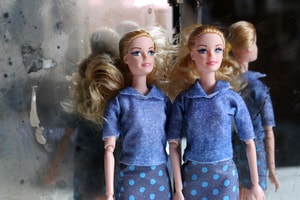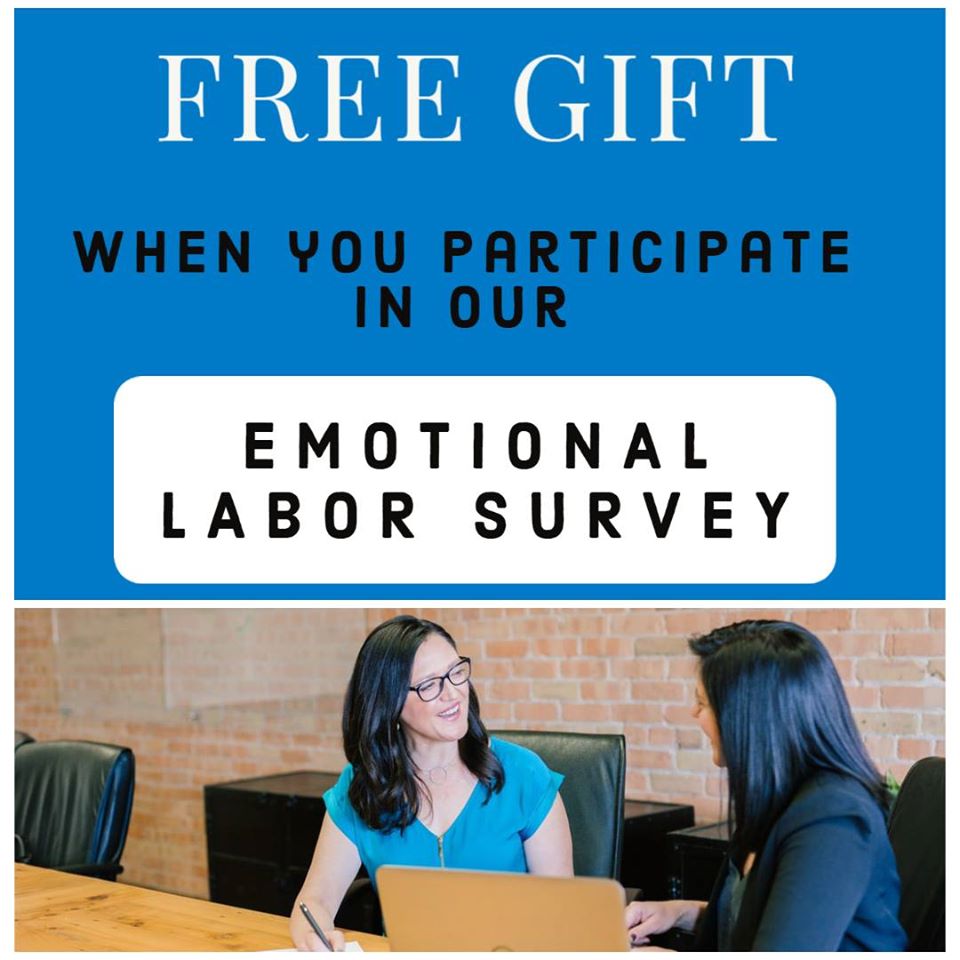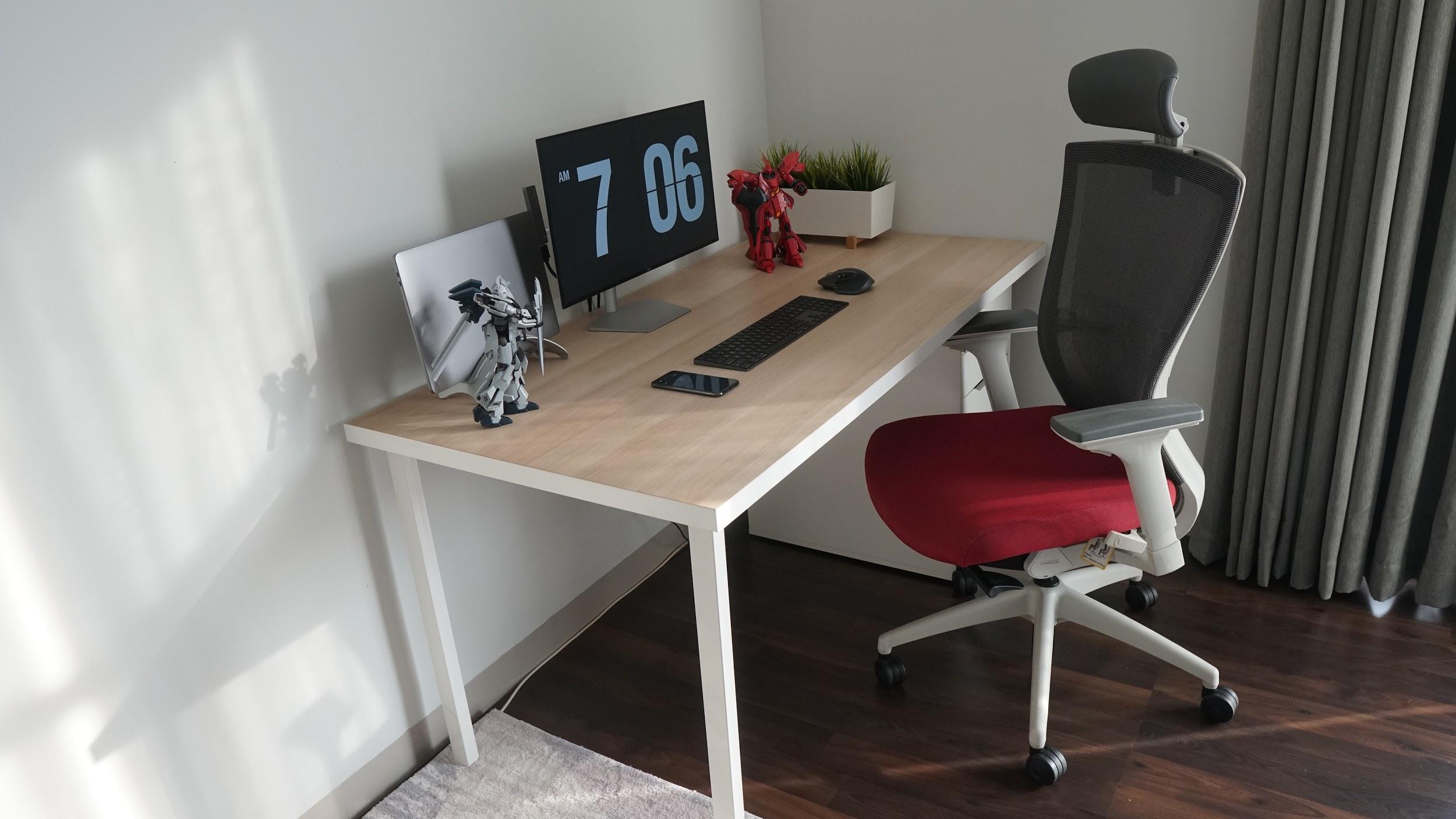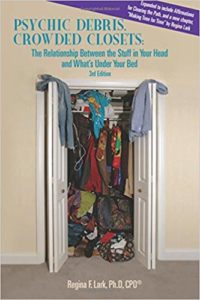Should it Stay, or Should it Go?
Professional Fiduciaries are first responders. They are often first to advocate for the welfare and well-being of a new client, and, more often than not, first to step foot in the door of a home overrun with benign neglect, or, basically intact but filled with a huge number of things.
Responsible for the health, welfare, and fiscal oversight of their clients, Fiduciaries are called upon to make some hard decisions. Sometimes this means finding room for caregivers or divesting a home filled with a trove of old and new treasures.
Your client lives here
Home is where the heart is. It is also the place of deferred dreams and incomplete projects. It is the place where folks stash their bowling trophies, grandma’s plated silver, and signed first editions. Over years the home becomes the repository for everything life has to offer – clothes, kitchenware, and place-settings. The “average” household often contains the possessions of adult children who had long ago moved from the family home but never quite got around to removing yearbooks and toys, high school ephemera, and everything else assigned to the category of “memories.” Don’t forget the so-called “collectibles” – from Hummels and Barbie dolls to entire runs of Playboy and National Geographic magazines.
high school ephemera, and everything else assigned to the category of “memories.” Don’t forget the so-called “collectibles” – from Hummels and Barbie dolls to entire runs of Playboy and National Geographic magazines.
Why do we own so much stuff? It’s a difficult question to answer. Older adults who lived through America’s “Great Depression” tell us that growing up with nothing means holding on to everything. While that may or may not be true, I wonder how we understand younger generations’ seemingly insatiable consumption, or how we account for the growth of self storage.
Fiduciaries will of course come across clients’ self-storage units. Dark and depressing, public storage facilities are frigid cold in the winter, overwhelmingly hot in the summer. With a multitude of enticements to bring in the customer, it takes a lot of time and planning to get out. If you’ve seen A&E’s Storage Wars you know that there’s no guarantee of hidden treasures behind the padlocked door.
Hold tight
We tend to cling to our things for two very broad reasons. First, we don’t want to let go of stuff we may need “someday” (note cards, car wax, vases), or that we may wear again “someday” (golf shirts, skinny jeans). Of course any and all items may have future use but if we’re not already in the habit of writing notes or losing weight, then these “someday” items do not have current value; they just clutter our lives today. At the same time, we hold on to things that have been in our lives forever such as Grandma’s good china, music boxes, report cards – contain therein our “memories,” along with the stories we attach to each and very item.
With a tight hold on that which we may need someday (the future), and an emotional hold on that which has already happened (the past), our “stuff” tends to hang around. The longer it hangs around, the value of the “stuff” either increases or decreases.
It’s tricky business determining the value of art and clothing, furniture, first editions, and the array of what is unearthed in clearing the path for what’s next in the life of the client or the life of a trust. And so I asked a pro.
 What is it really worth?
What is it really worth?
Joe Baratta, the vice president of Business Development & Valuations with Abell Auction Co., is a USPAP-qualified generalist appraiser with over 15 years’ experience helping fiduciaries separate “the wheat from the chaff.” I caught up with Joe at his home in Los Angeles to talk about the value of “stuff” he comes across when he’s called in to appraise the contents of the Fiduciary clients’ home.
Everyone has “stuff,” some of which is brought home to serve an immediate need (a bed or a dresser) or purchased because of the item’s perceived “someday” value. “Beanie Babies” are a perfect example of this,” Joe surmised. The stuffed toys had a high market value at a particular time but many people held on to their “collection” believing that the value would soar the longer it remained in their possession which hasn’t been the case (although there are exceptions). True collectors follow the appropriate markets for their collections through trade shows and major auction houses. Still, anything that is mass produced will usually not hold its original value nor see an increase in value.
Joe offers compelling insights about what he sees daily. Fiduciaries may find this information helpful when faced with downsizing a client’s home:
- Traditional dark wood furniture (tables, cabinets, couches) – not all dark wood furniture held its value due to mass production over many decades. Chairs with cushions could be reupholstered especially if the bones of the chair are in good shape (think Eames or similar), and these items are often in high demand.
- Technically, an “antique” describes any item produced 100 years ago, or, before the year 1920. Still, not all antiques are desirable in the current market.
- The Industrial Revolution of the 1870s led to the mass production of wash basins (before indoor plumbing), armoires (most homes didn’t have closets), and sewing baskets (when people repaired or sewed their own clothes).
- Samovars: Every Eastern European family brought one or more to the US as these were important to family ceremonies, and carry a lot of sentiment. While some samovars have value, there is a large supply of them without much demand for today’s market.
- Supply and demand: By mid-20th century, the marketplace was saturated with formal dining tables, china sets, table linens, silver sets, chafing dishes, ice buckets, and other forms of items designed for their entertainment value.
- Front entry, living room and dining room are the areas of the house where families display their most “prized” possessions – from art to furniture to home decor.
- Tricks of the trade: when Joe walks into a home, the first thing he notices are the walls – “Money is on the walls… most people want to show off their art. They are proud of what they accomplished.”
- Flora Dania Royal Copenhagen is among the most valuable dish sets today.
- The politics of “value:” When China closed their borders in the early 20th century, so too did the outflow of Chinese goods. Today, many wealthy Chinese are paying high margins to repatriate items seen as valuable to their upper-class heritage (Chinese silks, scrolls art, porcelain, furniture). Similar to Russia after the fall of the Berlin wall (think religious icons, Faberge, Russian silver – considered very valuable mid-1990s through early 2000).
- $10,000 and generational attitudes: Our grandparents may have used the money to buy something to enhance the home (think beautiful oil painting in an expensive frame). Baby Boomers’ purchases may extend to fine dining and travel. The millennial mindset covets watches and handbags.
 Bottom line
Bottom line
People have hard time letting go of items, regardless of perceived or real value. The family members in possession of the “family jewels” are stewards to protect the family legacy. Joe reminds us, “We’re custodians of items and feel obligated to hold on to at least some of it because of our family connection.”




 A good rule of thumb is to prepare for a move in advance and not wait until the 11th hour to start
A good rule of thumb is to prepare for a move in advance and not wait until the 11th hour to start  not fetch much at a yard sale should also be donated where they will be more helpful, like at a children’s camp.
not fetch much at a yard sale should also be donated where they will be more helpful, like at a children’s camp. 







 high school ephemera, and everything else assigned to the category of “memories.” Don’t forget the so-called “collectibles” – from Hummels and Barbie dolls to entire runs of Playboy and
high school ephemera, and everything else assigned to the category of “memories.” Don’t forget the so-called “collectibles” – from Hummels and Barbie dolls to entire runs of Playboy and  What is it really worth?
What is it really worth?  Bottom line
Bottom line



